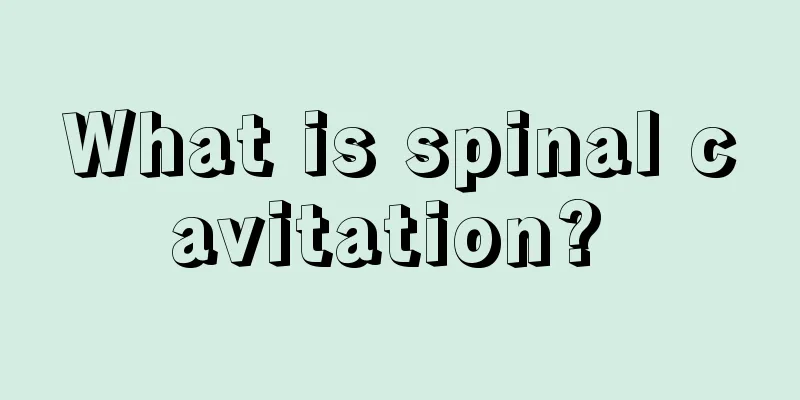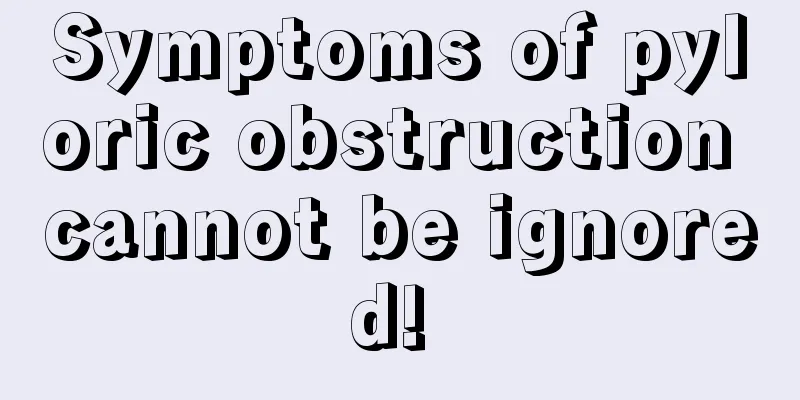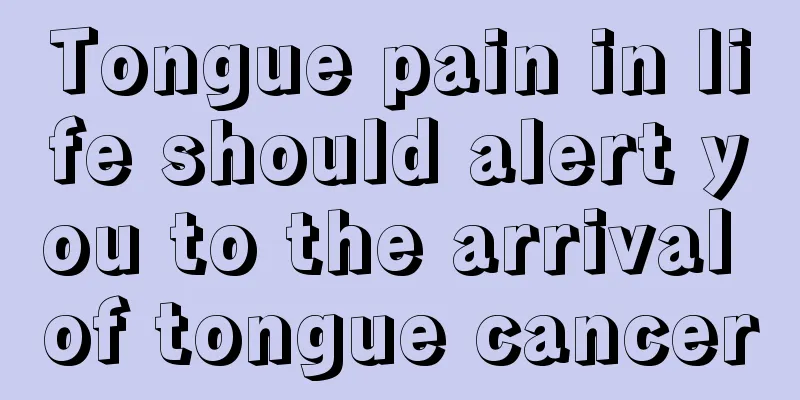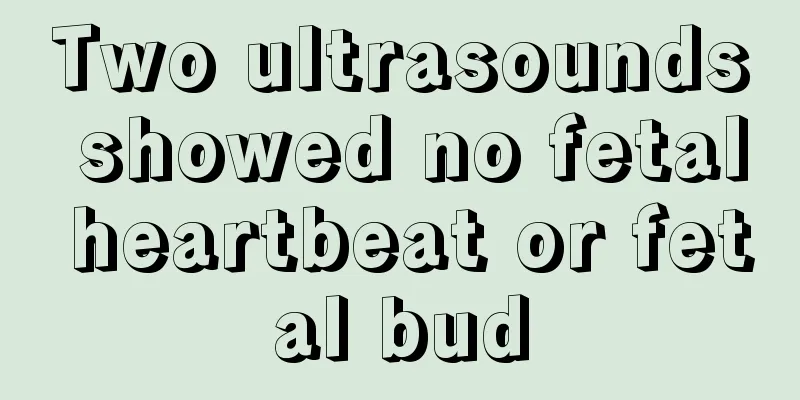What is spinal cavitation?

|
The health of the spine affects every nerve in the human body, because the spine is the most important bone tissue in the human body. Inside the spine is the spinal cord, which is the central nervous system that controls the entire body and is vital to all of a person's senses and actions. However, spinal diseases are also very common and have a great impact on people's lives. Let's take a look at what spinal cavitation is. Syringomyelia is a chronic, progressive disease of the spinal cord. The cause is not very clear, and the pathological characteristics are the formation of tubular cavities and proliferation of glial cells (non-neuronal cells) in the spinal cord (mainly gray matter). It often occurs in the cervical spinal cord. When the lesion involves the medulla oblongata, it is called syringobulbaria. Clinical manifestations The age of onset is 31 to 50 years old. It is rare in children and the elderly. It is more common in males than in females. There is a family history. The clinical manifestations of syringomyelia have three aspects. The degree of symptoms is closely related to the early or late development of the cavity. Generally, the course of the disease progresses slowly. The early symptoms are mostly segmental, first affecting the upper limbs. When the cavity further expands, the gray matter in the medullary and the white matter conduction bundles outside are also affected, and conduction bundle dysfunction occurs below the cavity. Therefore, the symptoms of early patients are relatively limited and mild, while the symptoms in the late stage are widespread and even paraplegia may occur. 1. Sensory symptoms Depending on whether the cavity is located in the cervical and upper thoracic segments of the spinal cord, biased to one side or in the center, segmental sensory disturbances occur in the unilateral upper limbs and upper thoracic segments, often characterized by segmental dissociated sensory disturbances, with decreased or absent pain and temperature sensations, but deep sensations. This symptom may also be bilateral. 2. Motor symptoms The cervical and thoracic syrinx affects the anterior horn of the spinal cord, causing symptoms of flaccid partial paralysis of one or both upper limbs, manifested as muscle weakness and decreased muscle tone, especially the thenar muscles of both hands. Atrophy of the interosseous muscles is most obvious. In severe cases, claw hand deformity occurs. When the descending roots of the trigeminal nerve are affected, central pain and thermal sensation disorders often occur on the same side of the face. Dissociated sensory loss of the face forms the so-called "onion-like distribution", accompanied by weak chewing muscles. If the vestibulocerebellar conduction bundle is affected, dizziness, nausea, vomiting, unsteady gait and nystagmus may occur. Upper motor partial paralysis, hypertonia, disappearance of abdominal wall reflexes and positive Babinski sign occur on one or both lower limbs. In late cases, paralysis is often aggravated. |
<<: What should I do if my spinal herniation compresses my nerves?
>>: What is the difference between the spine and the vertebrae?
Recommend
What are the symptoms of nasopharyngeal carcinoma lung metastasis? Is radiotherapy effective?
Cancer is caused by the malignant proliferation o...
How long can you live after liver cancer surgery?
How long you can live after liver cancer surgery ...
Bed culture in countries around the world
Whether you are conservative in sex life, bold an...
What should you pay attention to in your diet if you have thyroid cancer
What should you pay attention to in your diet whe...
How much does it cost to cure stomach cancer
How much does gastric cancer surgery cost? This i...
Be alert to factors that may cause colon cancer in your life
Among the many cancer diseases, colon cancer is a...
Can I have sex if I have a urinary tract infection?
In today's social life, more and more hospita...
Wearing headphones for a long time will damage your hearing. 3 tips for using headphones
Putting on headphones and listening to music is a...
Gallbladder cancer has spread to the liver for 4 months
Gallbladder cancer has spread to the liver for 4 ...
How to treat sudden neurological ear droop?
Deafness is an extremely serious hearing impairme...
What are the effects and functions of thorn energy oil
Thorn energy oil is a kind of essential oil and a...
Is eating kelp every day good for your health?
Kelp is a very popular food and can often be seen...
What are the sequelae of esophageal cancer surgery
For every patient, the thing they worry about and...
What causes high blood sugar and high urine protein?
Suffering from high blood sugar can easily lead t...
Causes of anastomotic leakage after rectal cancer surgery
Anastomotic leakage is the most common and most s...









